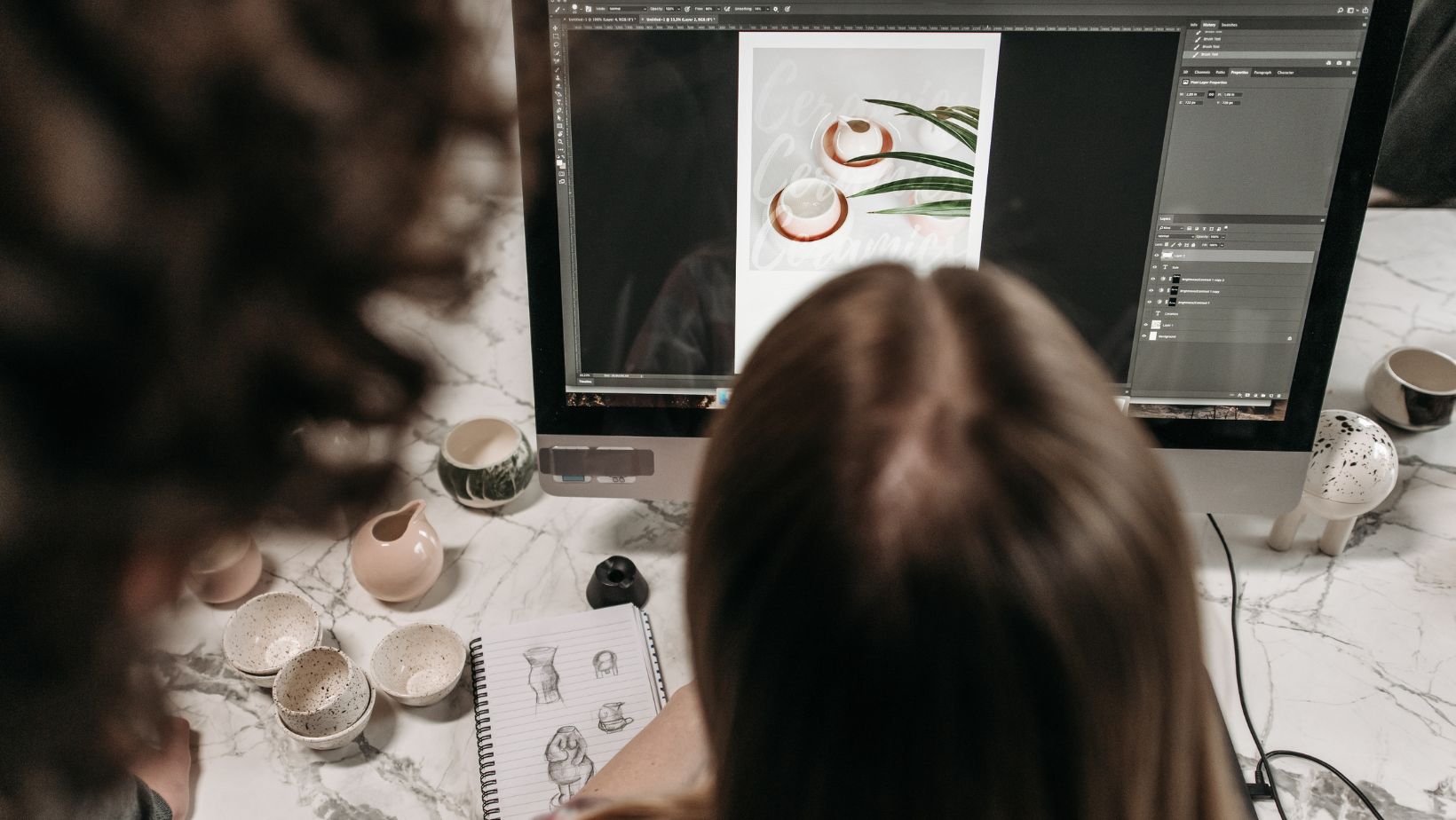Table of Contents
ToggleHow To Change Background Color In Illustrator
Looking to change the background color in Illustrator? I’ll walk you through the process step by step. It’s a simple task that can greatly impact your design.
To start, open your Illustrator file and select the object or layer for which you want to change the background color. Next, navigate to the “Appearance” panel on your screen’s right side. If you don’t see it, go to “Window” in the toolbar and select “Appearance” from the dropdown menu.
Once you open the “Appearance” panel, locate the fill option and click on it. This will bring up a color picker where you can choose your desired background color. You can pick a color from the swatches provided or enter specific RGB or CMYK values if you have a particular shade.
After selecting your new background color, simply close out of the color picker, and voila! Your object or layer now has a fresh new background hue. Remember, this method works for both solid shapes and text elements in Illustrator.
Changing backgrounds is just one of many ways to customize your designs in Adobe Illustrator. With these simple steps, you can switch up colors and create visually stunning effortlessly.

Choosing The Background Color In Adobe Illustrator
One important aspect to consider when designing in Adobe Illustrator is the background color. The right background color can greatly enhance your artwork’s overall look and feel. In this section, I’ll guide you through the process of changing the background color in Illustrator.
To change the background color in Adobe Illustrator, follow these simple steps:
- Select your artboard: Start by selecting the artboard you want to change the background color for. You can do this by clicking on it or using the Artboard Tool (Shift+O) and then clicking on the desired artboard.
- Open the Swatches panel: Next, go to Window > Swatches to open up the Swatches panel if it’s not already visible. This panel contains a variety of pre-defined colors that you can choose from.
- Choose a new background color: In the Swatches panel, browse the available colors and select one that suits your design. Alternatively, you can create a custom color by clicking “+ New Swatch” at the bottom of the panel and adjusting its properties.
- Apply the new background color: With your desired background color selected in either step 3 or 4 above, click and drag it onto your artboard to apply it as your new background color.
That’s it! You’ve successfully changed the background color in Adobe Illustrator. Remember, you can always experiment with different colors until you find one that complements your design perfectly.
Some Additional Tips:
- If you’re working with multiple artboards and want to apply a consistent background color across all of them, select all relevant artboards before dragging and dropping a swatch onto them.
- To remove or reset a custom background color back to transparent (default), select “None” from within the Swatches panel.
- Don’t be afraid to use different color combinations and gradients to create a visually striking background.
You’ll be able to easily change the background color in Adobe Illustrator and elevate your designs to the next level.
Final Thoughts
It’s important to note that changing the background color only affects how it appears within Illustrator; it won’t modify any existing artwork. Additionally, if you’re working with multiple artboards in your document, each can have its unique background color.
Whether you’re designing a website, a logo, or any other artwork, this technique will allow you to add depth and visual appeal to your designs. So go ahead and explore the world of gradient backgrounds in Illustrator!






